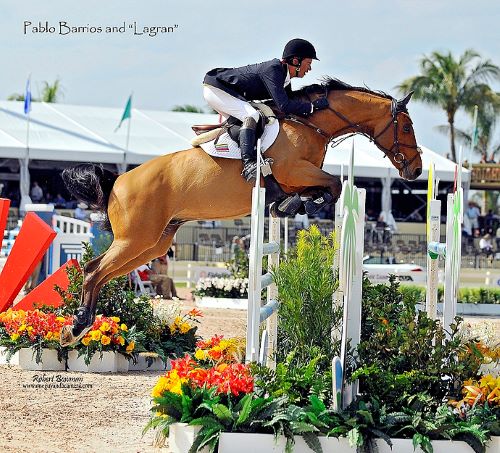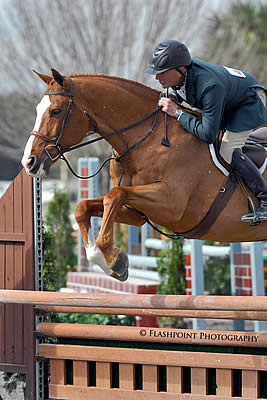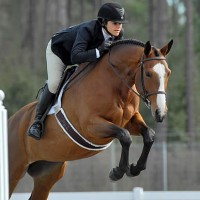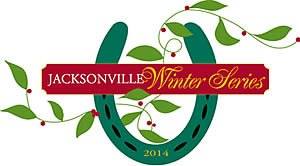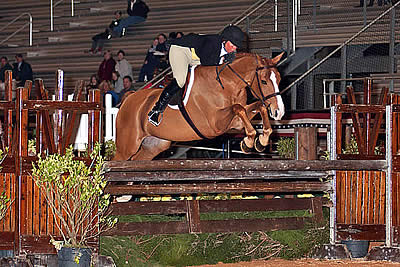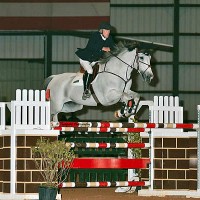I am lucky to live near a couple of great equine competition venues that aren’t listed below – Clay County Fairgrounds which shows my name on one of the photos I took at a show and Jacksonville Equestrian Center.
Table of Contents
- North America’s Premier Arenas
- Europe’s Tradition-Rich Equestrian Stages
- Australasia’s Finest: Showcasing Showgrounds
- Conclusion: Celebrating Modern Marvels of Equestrian Prestige
Both venues are fairly new in the equine competition arena, but they have hosted upper-level competitions and associated riders. I have ridden at both venues in many Dressage and Hunter schooling shows and some rated shows in both disciplines.
I was able to be a show photographer representing my website, HorsesintheSouth.com, until I had some physical restrictions that made holding the camera and long-lens too hard. I really love photography – my second major attempt at college was in Photography and Design for a bit until I got married and pregnant with my first child. I had morning sickness so bad I had to drop out.
So, as you can imagine, I have a special appreciation for the electrifying atmosphere of equine competition venues. There’s something transformative about these places where the bond between a rider and their horse is put to the test, where every jump and gallop reverberates with years of dedicated training.
Horse competitions, steeped in tradition and modern sporting excellence, are not just about the spectacle; they embody the pinnacle of partnership between human and animal.
When looking at the factors that give rise to these venues being the best and in the limelight, these are:
- Location,
- facility quality,
- historic significance,
- attendee capacity,
- and the caliber of the events hosted are what defines their rank.
These venues are more than just showgrounds; they are icons in the equestrian world, bringing together communities and setting the stage for legends to emerge. A testament to the equestrian spirit, whether hosting global championships or local shows, the best arenas have a way of elevating and celebrating the connection between spectators, riders, and their magnificent horses.
North America’s Premier Arenas
Picture the thrill of competition fused with state-of-the-art facilities; that’s what you find in North America’s premier equestrian venues. Two standouts,
Both of these North American venues host world-class events attracting riders from across the globe.
Kentucky Horse Park, in Lexington, isn’t just a venue; it’s an equestrian epicenter. Here, accommodations range from the Rolex Stadium to the charming, quieter Dressage Complex. Accessibility is a major draw, with ample space for trailers and an array of lodging options nearby.
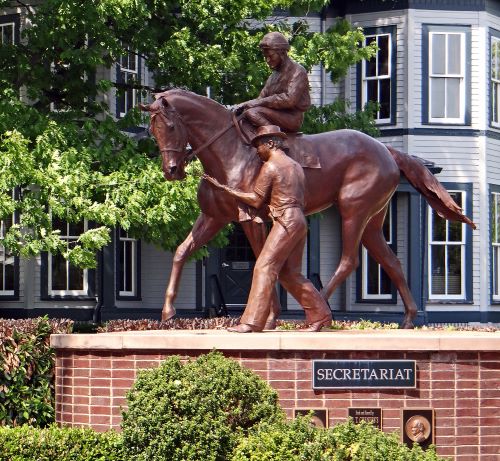
The Kentucky Horse Park also contains the National Horse Center, headquarters for more than 30 national, regional and state equine organizations and associations.
I was lucky to go to the Kentucky Three-Day Event at the Kentucky Horse Park in 2009. I went with a couple friends in her travel trailer, so we only had to pay for the parking. We were at the edge of the horse park, close enough that we could walk to the venue. That was one of the best times of my life. I so wanted to ride the course!
I follow and we post articles about how Spruce Meadows in Calgary harmonizes top-tier competitions with stunning vistas. It hosts the ‘Masters’ Tournament, and the grounds are so expansive, walking the perimeter can take you most of an afternoon. It’s a facility where natural beauty and equestrian prowess converge.
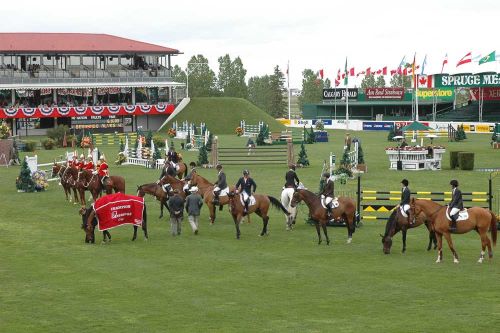
There are six major outdoor tournaments/competitions and eight indoor tournaments at Spruce Meadows annually. The indoor tournaments are known as the ‘Nakoda Series’ and are tailored for developing junior/amateur competitors. The outdoor tournaments start with the ‘Summer Series’ a five-week-long tour that comprises the following tournaments: beginning in June with the CSI ‘National’, the CSI ‘Continental’, the CSI ‘Pan American’, and then the CSI ‘North American’ in July. The outdoor season culminates in the CSIO Spruce Meadows ‘Masters’ Tournament in September.
In my southern Florida area, Wellington plays host to the Winter Equestrian Festival (WEF). I can attest to its magnetic pull on the equestrian community every year. It’s not just about the sport; the networking, the lifestyle, and the sunny escape from colder climates make it UNIQUE.
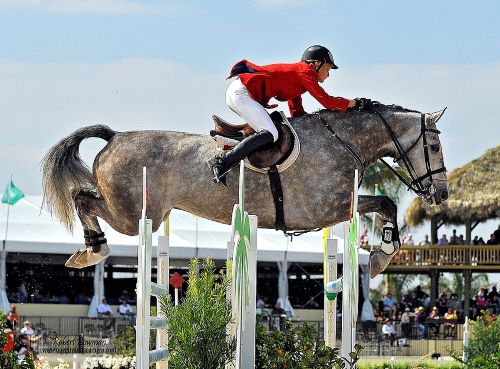
These venues showcase the commendable balance of passion for equestrian sport with the practicalities of top-notch competition space. The very atmosphere encourages riders to perform at their best, while spectators get a taste of what top-tier equestrian sport is all about.
Europe’s Tradition-Rich Equestrian Stages
I can totally appreciate the history that is within European equestrian grounds. These venues are not just places where competitions are held; they are bastions of tradition and equestrian excellence.
A tournament that’s more like a big party: Every year, the riding world celebrates the CHIO World Equestrian Festival in Aachen. Experts call it the “Wimbledon of equestrian sport”: the “Concours Hippique International Officie” in Aachen , CHIO for short, is the largest and best-attended equestrian event in the world.
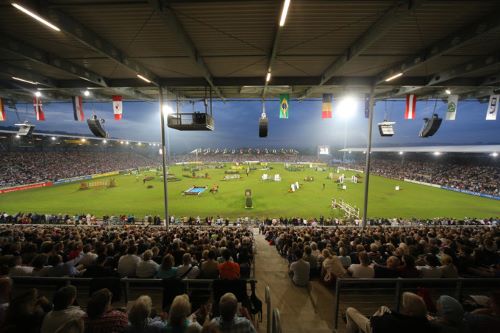
CHIO is revered for uniting history with state-of-the-art facilities, attracting global talent annually. The Aachen experience isn’t merely about witnessing stellar competition; it’s about feeling part of a legacy.
Britain’s amazing contribution of the All England Jumping Course at Hickstead, known widely as Hickstead, is an equestrian center in West Sussex, England, principally known for its showjumping. It hosts two international competitions, the Al Shira’aa British Jumping Derby meeting/competition and the Longines Royal International Horse Show. The course was the first permanent showground for equestrian sport in the country, opening in 1960. The first Hickstead Derby was held in 1961.
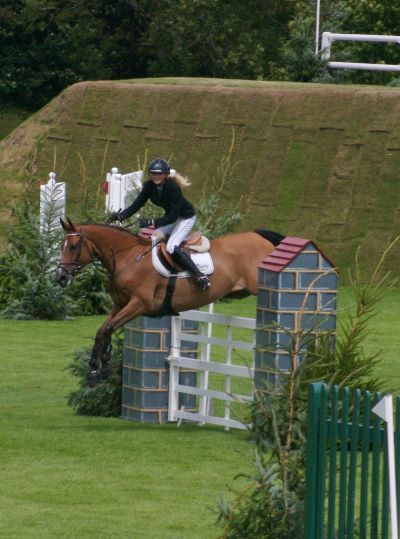
Hickstead is best known as the home of British showjumping, though its major fixtures also feature other disciplines such as showing, carriage driving, scurry driving, side-saddle and arena eventing. Beyond the iconic Derby Bank and nail-biting finishes, it’s the relentless commitment to the sport’s heritage that resonates with competitors and fans alike.
The Chantilly Racecourse in France, set against a backdrop of grandeur and royal history, is where the passion for horse racing is palpable. Hosting prestigious events like the Prix de Diane, Chantilly offers an enthralling atmosphere for connoisseurs of speed and strategy. A right-handed course, it was built with interlocking tracks.
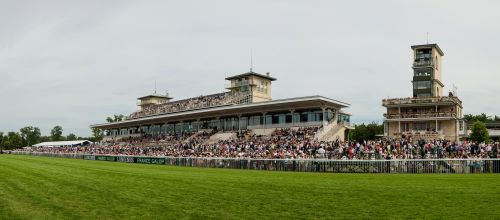
The Prix de Diane, sometimes referred to as the French Oaks, is one of the most important and prestigious Group 1 horse races in France open to three-year-old thoroughbred fillies. The Chantilly was used as the venue for the racecourse scene in the 1985 James Bond film A View to a Kill, in which racehorses owned by villainous industrialist Max Zorin competed.
These European stalwarts aren’t just venues; they are chapters in the long narrative of equestrian sport. They honor the past while continually evolving to ensure a sublime spectacle every time the bugle calls to post.
Australasia’s Finest: Showcasing Showgrounds
The equestrian scene in Australasia is quite vibrant and exciting. The region boasts some of the most impressive venues that cater to an array of equestrian disciplines. Let me introduce you to a couple of the standout locations.
Take the Sydney International Equestrian Centre (SIEC), for example. This place isn’t just another showground; it’s a venue steeped in Olympic history. Built for the 2000 Sydney Olympic Games, it’s continued to be a beacon for top-level competitions. The SIEC is located in Dharug country, Saxony Road, Horsley Park NSW. It has world-class facilities for cross country/eventing, dressage, and showjumping, holding a special place in the hearts of riders and spectators alike.
Ellerslie Racecourse in New Zealand is another remarkable spot. It’s not just a racetrack; it’s a centerpiece in New Zealand’s thoroughbred racing history. With its sprawling lawns and state-of-the-art facilities, Ellerslie hosts prestigious events that draw global attention, like the Auckland Cup Week.
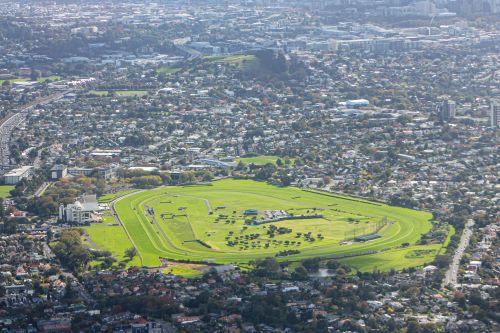
Now, the importance of technology and facilities cannot be understated. In the next section, I’ll cover the way innovations and amenities at these top-tier venues not only enhance the experience but sometimes even decide the outcomes of competitions.
Conclusion: Celebrating Modern Marvels of Equestrian Prestige
As our exploration of elite equine competition venues concludes, it becomes clear that the perfect venue offers more than just a stage for competition. It stands as a celebration of equestrian tradition, innovation, and the unbreakable bond between horse and rider.
Whether it’s the storied grounds of Aachen, the vibrant energy of Wellington, or the technological advancements seen in Sydney, these venues are a testament to the sport’s enduring appeal and its continuous evolution.
These venues not only elevate the competition experience for participants and spectators alike, but they also serve as pillars of the community by fostering economic growth, providing learning opportunities, and preserving equestrian culture.
The venues highlighted here are not just arenas – they’re vibrant, living entities that resonate with the heartbeats of every hoofbeat. For those who haven’t yet experienced the magic of these spaces, consider this an invitation to witness the pinnacle of equine sportsmanship and camaraderie.
I encourage you to visit these venues, absorb their unique atmospheres, and perhaps even dream of one day crossing their distinguished finish lines. Remember, each venue carries its narrative in the world of equine sports, and attending an event could very well be your opportunity to become part of that legacy.
What equestrian venues have you visited? What are your favorites? Have you competed in any of them or others? Please comment below to assist others and me in making sure all great venues are explored here.
